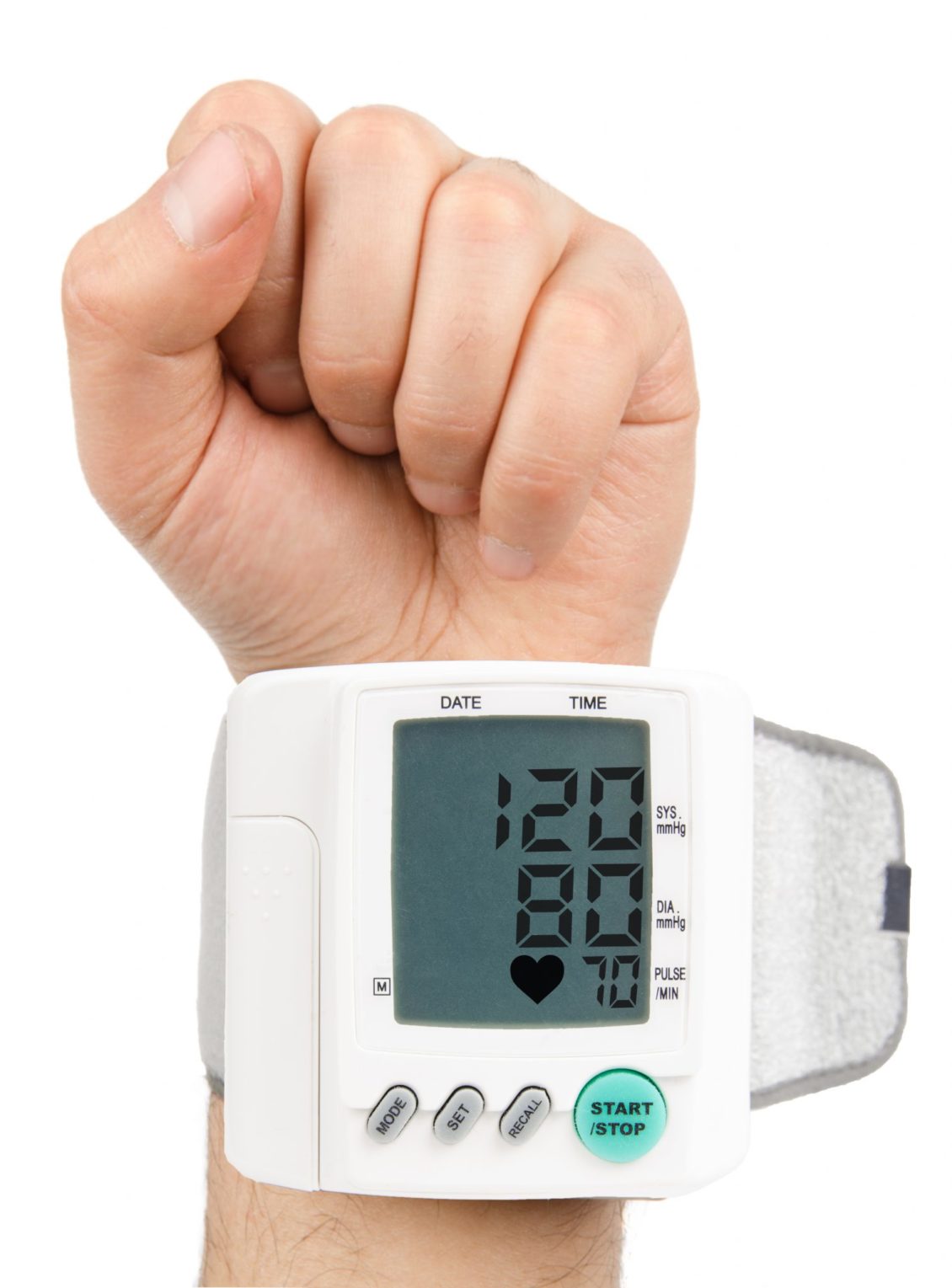Nearly half of U.S. adults (46%) are now considered to have high blood pressure under new guidelines from the American Heart Association and American College of Cardiology. The guidelines set a lower threshold for a disorder often called “the silent killer” because hypertension typically causes few or no symptoms as it wreaks slow mayhem on your blood vessels and vital organs, such as your heart, brain and kidneys. If untreated, high blood pressure is the leading risk factor for stroke and a major contributor to heart disease.
Under the old guidelines, only one in three Americans were deemed to have high blood pressure, which was defined as a reading of 140/90 mmHg (millimeters of mercury) or higher. The new guidelines define hypertension as 130/80 mmHg or higher, putting an additional 30 million Americans in the danger zone. The good news, however, is that high blood pressure is both preventable and highly treatable. Here are four things you need to know about the new guidelines, plus BaleDoneen recommendations on how to protect and optimize your arterial health.
- Normal: Less than 120/80 mmHg.
- Elevated: Systolic blood pressure (the top number) between 120-129 and diastolic pressure (the bottom number) less than 80.
- Stage 1 hypertension: Systolic between 130-139 or diastolic between 80-89.
- Stage 2 hypertension: Systolic at least 140 or diastolic at least 90 mmHg.
BaleDoneen takeaway: Although people often assume that hypertension is mainly a problem for middle-aged or older adults, it can strike at any age. Under the new guidelines, rates of hypertension are expected to triple among men under age 45 and double for women under 45. That’s why it’s crucial for even young people to get their blood pressure checked regularly. If even one of your numbers is abnormal, talk to your medical provider about ways to reduce it. Treatments include lifestyle changes and,
if necessary, medication.
2. Lowering systolic blood pressure from 140 to 120 saves lives! Until recently, a commonly recommended treatment target for systolic blood pressure (SBP) was 140. The landmark SPRINT clinical trial compared outcomes in people treated to this goal (with an average of two medications) to those who received a more intensive therapy to lower SBP to 120. The researchers found that the more intensive therapy (using an average of three medications) lowered rates of cardiovascular (CV) events, such as heart attacks, strokes and heart failure, by nearly one-third. The study included about 9,300 people ages 50 and older of diverse ethnicities with high blood pressure and at least one other risk factor for heart disease.
BaleDoneen takeaway: The SPRINT findings are powerful! Lowering the SBP target from 140 to 120 saved lives, because there were 25% fewer deaths from CV and other causes. That’s an extremely impressive — and potentially lifesaving — result from taking one additional medication.
3. Your morning blood pressure may be the best predictor of heart attack and stroke risk. A recent study of nearly 22,000 people with hypertension found that morning measurements (when blood pressure tends to be the highest) were more accurate for predicting heart attack and stroke risk than readings taken at home in the evening or those taken by clinicians in medical settings. The study found a significantly higher rate of CV events in people whose morning SBP was 145 or higher, versus those with a reading below 125.
BaleDoneen takeaway: The new guidelines encourage home blood pressure monitoring as an important way for people with hypertension to track their health. However, it’s essential to know the right technique: When using a wrist blood-pressure cuff, the reading will be inaccurate unless the device is positioned at heart level. A good way to tell if the device is correctly positioned is to hold the arm with the BP cuff across your chest as you would if the national anthem were playing.
4. Elevated systolic blood pressure (SBP) is more dangerous than smoking or obesity! A 2017 study that examined data from 8.69 million people from 154 countries found that SBP of 110 or higher is one of the leading risks for health problems, including coronary artery disease (plaque buildup in the vessels that feed the heart), stroke and chronic kidney disease. The researchers also reported that 30% of the disease burden fell on those with SBP of 110 to 135.
BaleDoneen takeaway: While SBP of 110 to 119 is not cause for concern, you may want to discuss natural ways to reduce blood pressure with your medical provider. These include mindful meditation to reduce stress (an important contributor to elevated blood pressure), beet juice (which has been shown to reduce SPB 4 to 5 points within hours of drinking it), eating foods that are rich in magnesium (which helps regulate blood pressure), such as dark green leafy vegetables, unrefined grains, and legumes, and getting 7 to 8 hours of sleep a night (skimping on slumber is linked to increased risk for hypertension).
